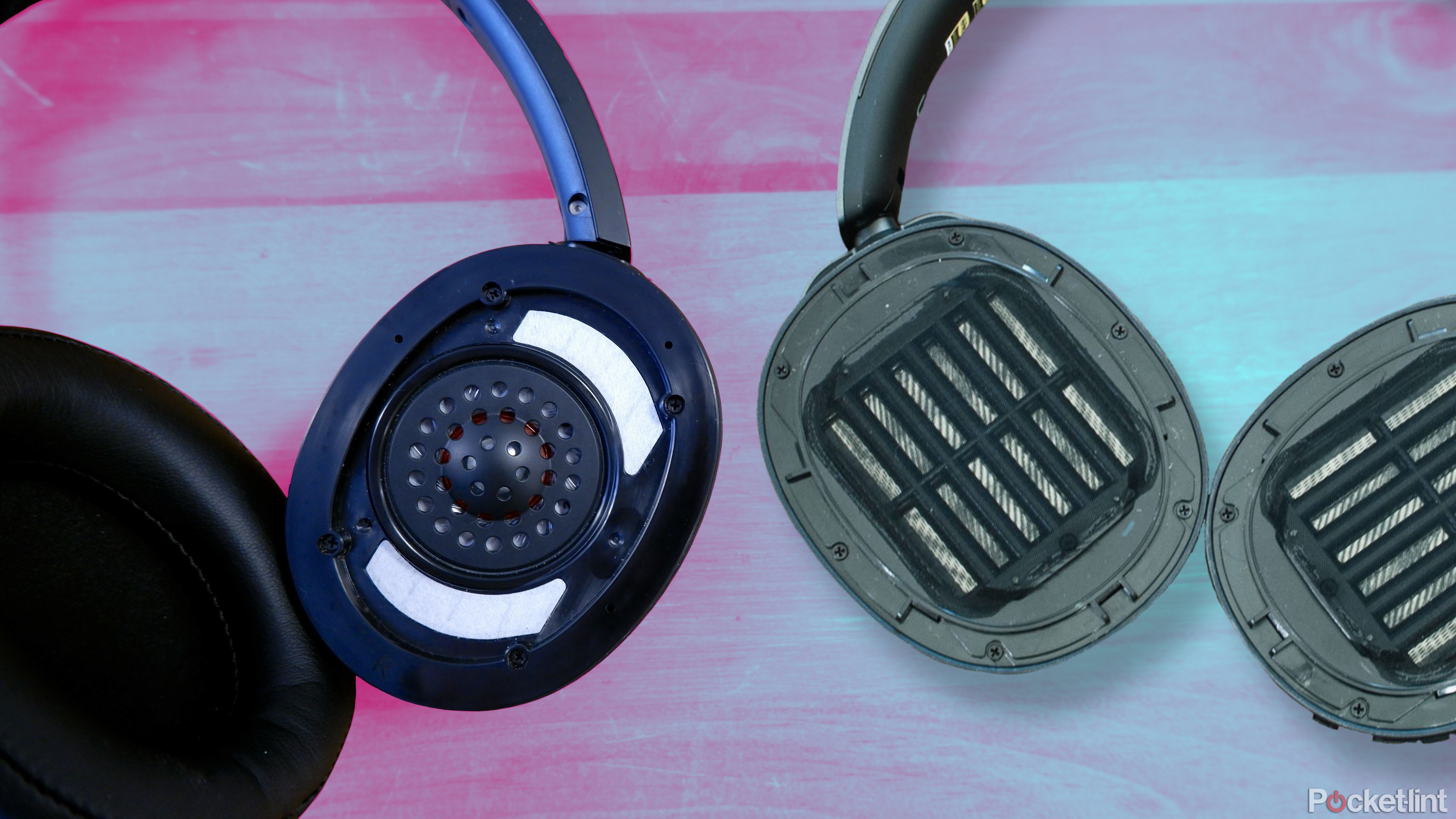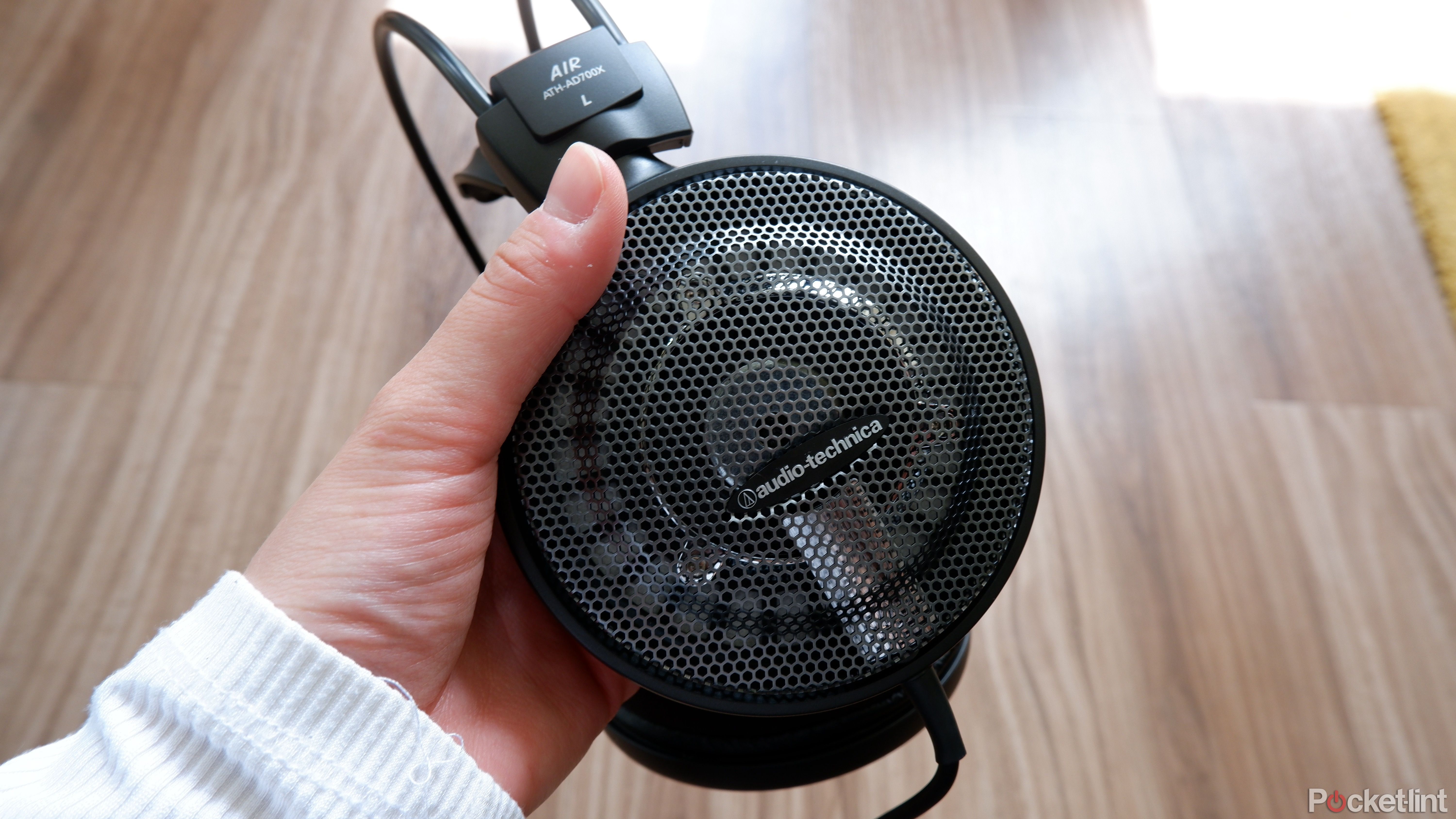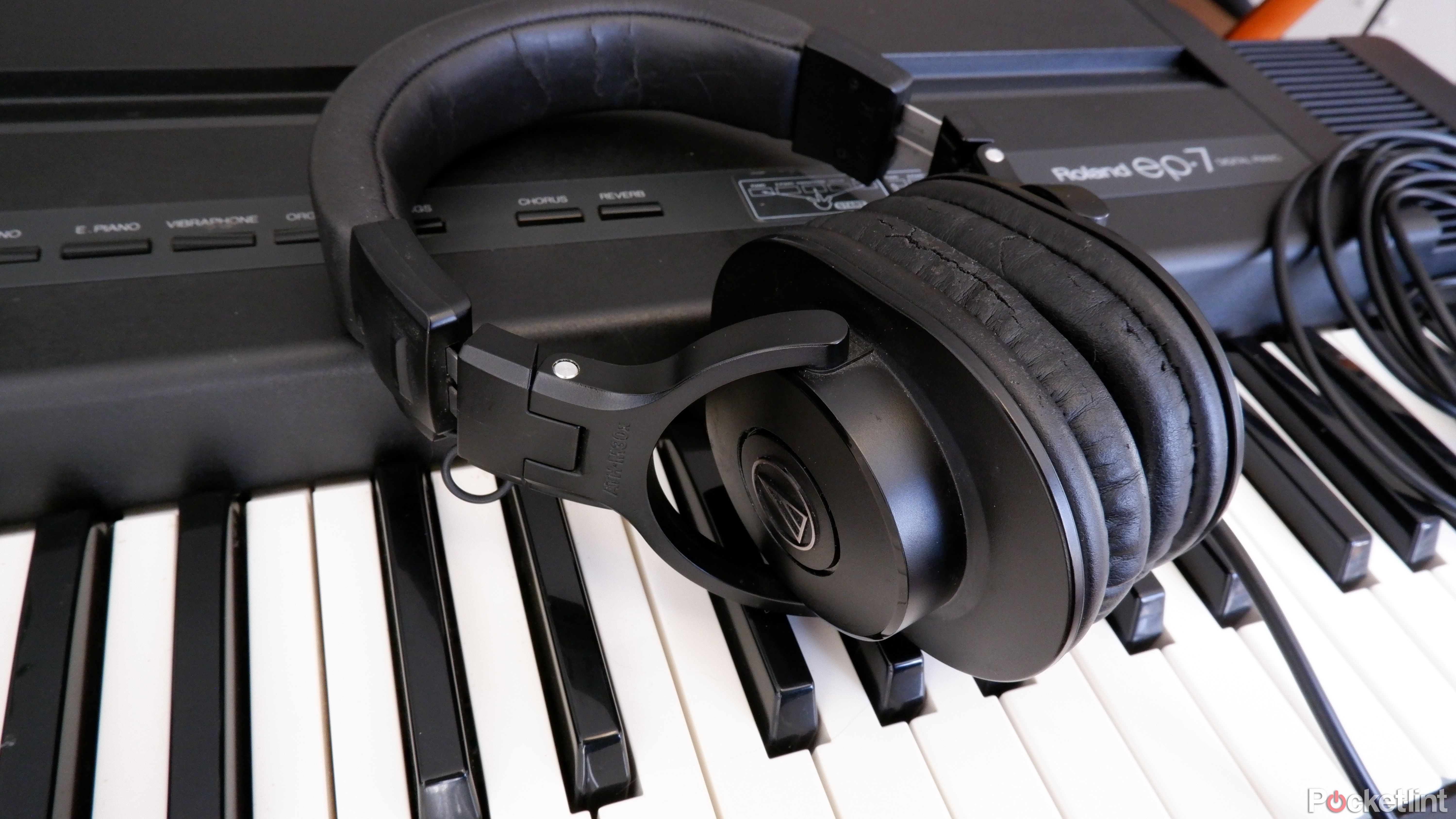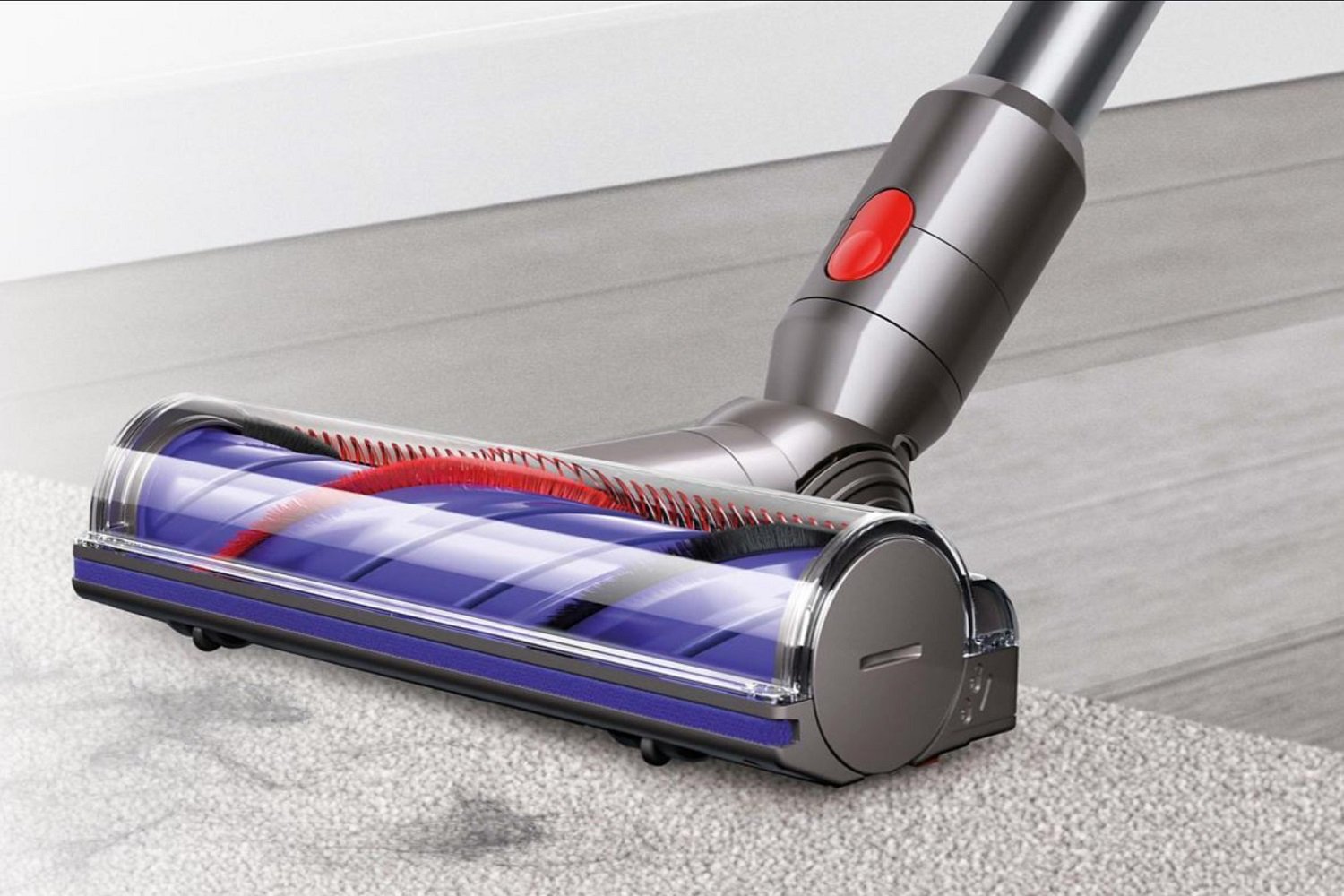Key Takeaways
- Dynamic drivers are more affordable and versatile for regular consumers.
- Planar magnetic drivers offer better soundstage but are bulky and fragile.
- Audiophiles seeking great sound reproduction may prefer planar magnetic headphones despite higher cost.
Drivers aren’t something that most consumers are thinking about actively when buying headphones, but if you’re getting more interested in the specifications of potential headphones to purchase, you might’ve noticed that there are a few different types of drivers out there.
The most common type of driver is dynamic drivers, which are found in the vast majority of consumer headphones and earbuds. They’re cheap and easy to manufacture, and have stood the test of time. But another type of driver that isn’t quite as common but is of interest to a lot of folks in audiophile spaces is planar magnetic drivers. So what’s the difference between these two? Which should you get? Here are some of the main differences, and which you should get based on your circumstances.
They have really similar mechanisms with a few small, key differences
Both rely on magnets, but in slightly different ways
Both dynamic and planar magnetic drivers utilize magnets, coils, and diaphragms to produce sound. In dynamic drivers, there is a diaphragm with a coil attached to it, and a magnet on one side of the diaphragm. The magnet is charged with electric current, and the magnetic field created by this moves the coil, moving the diaphragm along with it, to produce sound energy, which you hear as the audio you’re listening to through your headphones.
Planar magnetic headphones, on the other hand, have two magnets on either side of the diaphragm, which, when given electrical current, cause the diaphragm to vibrate due to the pull on the coil on either side.
Planar magnetic headphones, on the other hand, have two magnets on either side of the diaphragm, which, when given electrical current, cause the diaphragm to vibrate due to the pull on the coil on either side. This design is similar in that it uses magnets to move a diaphragm, but differs in the way that it uses more electricity to power two magnets, and they also require more materials, making planar magnetic drivers heavier and bulkier.
Headphones with dynamic drivers are generally more affordable
Manufacturing costs are an important factor
Not only are planar magnetic headphones heavier and bulkier because of the materials needed to make them, they’re also more expensive to produce. Consequently, planar magnetic headphones themselves are generally much more expensive than headphones with dynamic drivers.
This doesn’t mean that headphones with dynamic drivers won’t be expensive — many are very pricey. Not all drivers are built the same, and different materials, sizes, and specifications will result in cheaper or more expensive drivers, regardless of the type. So, just by opting for dynamic drivers, you’re not guaranteeing you spend less, but by deciding not to shop for planar magnetic drivers, you’re at least cutting out a lot of the expensive options to choose from.
Planar magnetic drivers are more bulky and more fragile
More small parts means a higher likelihood of damage
As mentioned previously, the design of planar magnetic drivers results in them being bulkier than dynamic drivers, but they’re also much more fragile than dynamic drivers. Planar magnetic drivers utilize small, thin, narrow magnets that are often quite brittle, and the membrane the coil is attached to is quite thin in order to move efficiently. Because there are so many small moving parts involved in constructing planar magnetic drivers, your chances of permanently damaging them is a lot worse than dynamic drivers.
It’s worth noting that this doesn’t mean you can’t just as easily damage dynamic drivers, but you’re more likely to sustain bad damage on planar magnetic drivers from simple accidents. You can drop a regular old pair of headphones without damaging them beyond repair, but you do run the risk of damaging planar magnetic drivers that way.
Planar magnetic drivers generally have a better soundstage
Audiophiles love them for this exact reason
Soundstage, put simply, is the perception of space when it comes to sound. A wider soundstage is supposed to make you feel more immersed in a space, as if the music is all around you, while a narrow soundstage sounds more pushed together. Wider soundstages make it a bit easier to pick out instrumentation, and can even make you feel like you’re at a concert, rather than a stuffy studio booth.
Dynamic drivers can still produce a wide soundstage, especially with an
open-back design.
Planar magnetic drivers have a wider soundstage than dynamic drivers in general, due to the large size of the drivers, and the consequent wavefront is wider too, as opposed to a more focused, small wavefront from dynamic drivers.
This is especially noticeable if you’re using planar magnetic headphones that are also open-back, which allows for an even wider soundstage than closed-back headphones.
Dynamic drivers can still produce a wide soundstage, especially with an
open-back design.
What are the key differences?
Here is a table summarizing the main differences between dynamic drivers and planar magnetic drivers. The distinctions really lie in the way the planar magnetic drivers are built — you sacrifice price, portability, and durability for a wider soundstage and great sound reproduction with lower distortion.
|
Dynamic drivers |
Planar magnetic drivers |
|
|---|---|---|
|
Mechanism |
Single magnet pulls the diaphragm |
Two magnets vibrate the diaphragm |
|
Price |
Varies, can be cheaper |
More expensive |
|
Durability |
More durable in general |
More fragile and bulky due to build requirements and moving parts |
|
Soundstage |
Variable, can be narrow |
Generally wider soundstage |
|
Sound reproduction |
Variable, can have more distortion at higher volumes |
Great sound reproduction, less distortion |
Which should you get?
Dynamic is dynamite
If you’re a regular consumer looking to get headphones that simply sound good, especially if you have a budget to adhere to, I would recommend sticking with dynamic drivers. They still generally sound great, and the wide use of them allows you a lot more options than planar magnetic drivers. Plus, knowing they’re not as fragile allows you some wiggle room when it comes to moving your headphones around, especially if you’re out and about.
If you’re a regular consumer looking to get headphones that simply sound good, especially if you have a budget to adhere to, I would recommend sticking with dynamic drivers.
However, audiophiles looking to get really great sound reproduction and a wide soundstage might want to consider planar magnetic headphones. They will cost you more money, but if you’re looking for a very special sound experience, planar magnetic headphones might scratch that itch.











